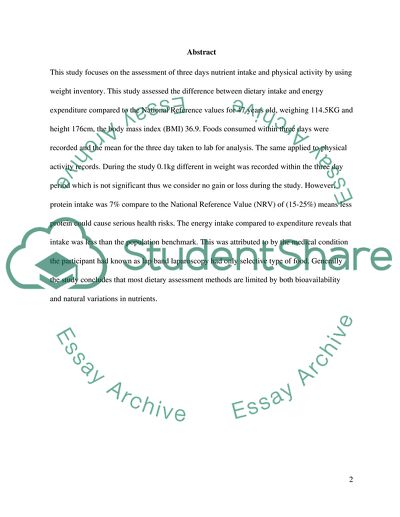Cite this document
(Nutritional Science: The Limitations of Dietary Assessments Case Study, n.d.)
Nutritional Science: The Limitations of Dietary Assessments Case Study. Retrieved from https://studentshare.org/health-sciences-medicine/1635815-nutritional-science
Nutritional Science: The Limitations of Dietary Assessments Case Study. Retrieved from https://studentshare.org/health-sciences-medicine/1635815-nutritional-science
(Nutritional Science: The Limitations of Dietary Assessments Case Study)
Nutritional Science: The Limitations of Dietary Assessments Case Study. https://studentshare.org/health-sciences-medicine/1635815-nutritional-science.
Nutritional Science: The Limitations of Dietary Assessments Case Study. https://studentshare.org/health-sciences-medicine/1635815-nutritional-science.
“Nutritional Science: The Limitations of Dietary Assessments Case Study”, n.d. https://studentshare.org/health-sciences-medicine/1635815-nutritional-science.


